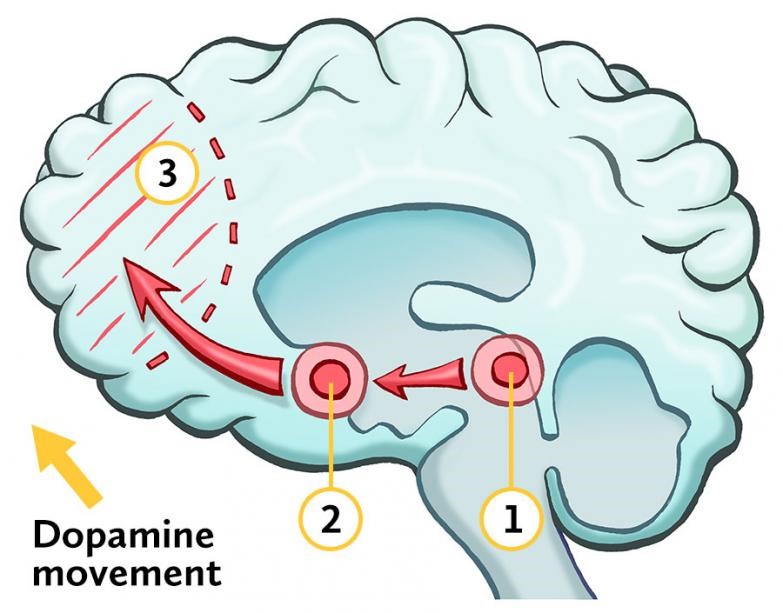The Gift of Resiliency: Protecting a Growing Brain
By DeAnna Pearl, M.A.T, B.S., Certified Prevention Specialist, SOS Tillamook – Prevention, Tillamook Family Counseling Center
What does it take to build resiliency in ourselves? What is resiliency? The definition is the ability to overcome challenges of all kinds–trauma, tragedy, personal crises, plain ole life problems–and bounce back stronger, wiser, and more personally powerful.
It’s important because this is what we need to do when faced with life’s inevitable difficulties. AND it’s important because there is a growing social science research showing that you can bounce back, even from a lifetime of “risk factors” or very painful trauma or tragedy, and how you help those you care about bounce back.
However, it takes clear steps to create a safe and healthy community. There is a reason for age restrictions for legal use of alcohol, marijuana, tobacco, gambling, etc. The brain has not fully developed its regulatory system (frontal lobe) until the average age of 23. The resiliency factors that a community can provide greatly impact the access and exposure to risk factors during the most formable brain growing years, ages 0-24. The use of drugs and alcohol at an early age can hardwire the brain and can lead to abuse and addiction.
The simple act of reducing the normalization of use, abuse and addiction is a protective factor. Example, not providing scratch-it tickets in Christmas stockings reduces the potential brain pathways that can lead to highs and lows of gambling. Disallowing the casual use of alcohol under adult “supervision.” The brain makes connections with all of these experiences which can actually hard-wire it for future use, abuse and addiction.
Until the average age of 23, the brain is especially focused on seeking fun and easy entertainment. It first routes decision making through the (1) emotion center (amygdala) resulting in fight, flight, freeze or “freak out” responses. The dopamine, “feel good” chemical, quickly rewards the (2) pleasure center (nucleus accumbens) which then sends a signal to the (3) frontal lobe (where decisions and judgments are made) causing a reaction. Note: This is the last part of the brain to fully mature and does not have full facility to reason consequences or control impulses.
Continuous exposure to quick fixes such as gambling, drugs, alcohol, marijuana, opioids, sex and violence, means greater potential to be hard wired for external stimuli thus causing the potential cycle of addiction.
Can individuals learn to be more resilient, or are some just born with the ability to bounce back from adversity? Both! Research suggests that human beings are born with an innate self-righting ability, which can be helped or hindered. The findings are fueling a major shift in thinking about human development. Instead of obsessing about problems and weaknesses (splat factor) we are beginning to recognize “the power of the positive” (bounce factor). Identifying and building individual and environmental strengths better support helping people overcome difficulties, achieve happiness, and attain life success.

